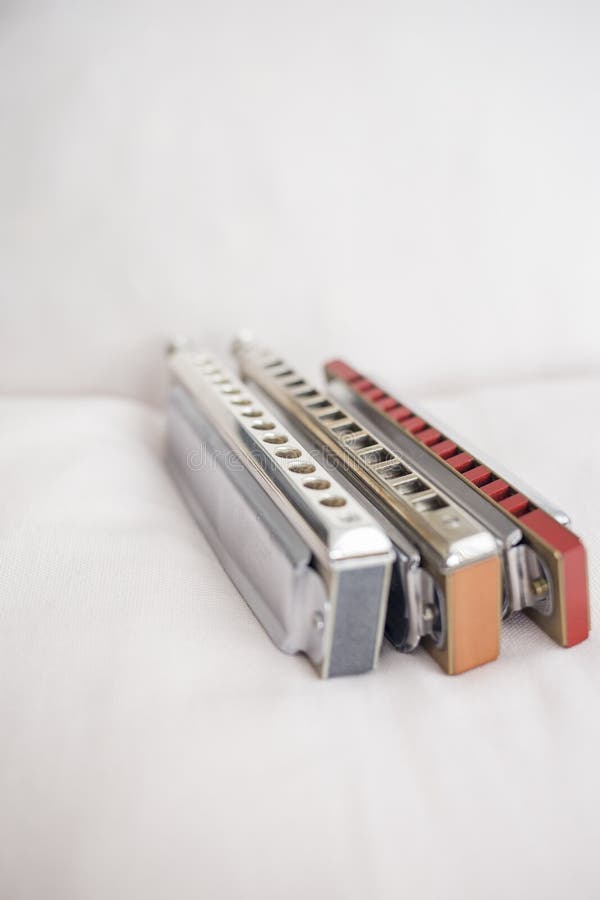Are All Harmonicas Diatonic?

Harmonicas are fascinating little instruments that can create beautiful music. But if you’re new to playing or just curious about them, you might wonder: are all harmonicas diatonic? In this article, we’ll explore what diatonic means, the different types of harmonicas, and why this matters for anyone interested in music. Let’s dive in!
What is a Diatonic Harmonica?
First things first, let’s break down the term “diatonic.” A diatonic harmonica is designed to play in a specific key, usually a major scale. This means it has a set of notes that fit well together, making it easier to play melodies without hitting “wrong” notes. Think of it like playing in a particular playground where all the swings, slides, and climbing frames are arranged just right for a fun day out!
Example of a Diatonic Harmonica
Imagine you have a C diatonic harmonica. When you blow and draw on the holes, you’ll get the notes of the C major scale: C, D, E, F, G, A, and B. This setup allows you to play many songs in the key of C without much hassle. It’s perfect for beginners and is often used in blues, folk, and rock music.
Are All Harmonicas Diatonic? The Answer is No!
Now that we know what a diatonic harmonica is, it’s time to answer the big question: Are all harmonicas diatonic? The simple answer is no! While diatonic harmonicas are the most common type, there are other types of harmonicas that serve different purposes in the music world.
Types of Harmonicas
Let’s take a closer look at the different types of harmonicas:
-
Diatonic Harmonicas: As we discussed, these are the most popular and are typically used in genres like blues and country. They focus on a specific key and are great for simple melodies.
-
Chromatic Harmonicas: These harmonicas have a button on the side that lets you play all the notes in the scale, including sharps and flats. This means you can play in any key! Chromatic harmonicas are used in jazz and classical music, where a wider range of notes is needed.
- Example: The 12-hole chromatic harmonica can play all the notes of the piano, allowing for more complex melodies and harmonies.
-
Tremolo Harmonicas: These harmonicas have two reeds for each note, which creates a rich, vibrating sound. They are often used in folk music and are popular in Asian music.
-
Orchestral Harmonicas: These are less common and are designed for specific orchestral settings. They can play multiple octaves and are used in ensembles.
-
Bass Harmonicas: These harmonicas play lower notes and are used to add depth to music. They are not as common as the others but can be found in some bands.
Why Does This Matter?
Understanding the different types of harmonicas is essential for anyone looking to play music. If you only know about diatonic harmonicas, you might miss out on the rich variety of sounds and styles that other types can offer.
For example, if you’re interested in jazz or classical music, a chromatic harmonica might be a better fit for you. On the other hand, if you love playing blues, then a diatonic harmonica is the way to go!
Practical Tips for Choosing a Harmonica
When you’re ready to pick a harmonica, here are some practical tips to help you choose the right one:
-
Know Your Style: Think about the type of music you want to play. If it’s blues, go for a diatonic harmonica. If you’re leaning towards jazz, consider a chromatic harmonica.
-
Try Before You Buy: If possible, try out different harmonicas at a music store. This way, you can see which one feels comfortable and sounds good to you.
-
Start Simple: If you’re a beginner, a diatonic harmonica in the key of C is a great choice. It’s easy to learn and has plenty of resources available for practice.
-
Look for Quality: Not all harmonicas are created equal. Look for reputable brands like Hohner or Lee Oskar, which are known for their quality and durability.
-
Join a Community: There are many online forums and local groups where harmonica players share tips, tricks, and experiences. Joining one can help you learn faster and stay motivated!
Real-Life Examples: Harmonica Players in Action
To illustrate the different types of harmonicas and their uses, let’s look at a couple of real-life examples:
Example 1: Blues Legend
One of the most famous harmonica players is Little Walter, a blues musician known for his incredible skills on the diatonic harmonica. He used this instrument to create soulful melodies and powerful riffs that defined the genre. His music showcases how versatile a diatonic harmonica can be in the hands of a skilled player.
Example 2: Jazz Innovator
On the other side of the spectrum, we have Toots Thielemans, a renowned jazz musician who played the chromatic harmonica. His ability to play complex jazz melodies with this instrument has made him a legend in the music world. Toots showed that the chromatic harmonica can be just as expressive as a traditional jazz instrument like the saxophone.
Conclusion: Finding Your Harmonica Fit
So, are all harmonicas diatonic? No, they come in various types, each with its unique sound and purpose. Understanding these differences can help you choose the right harmonica for your music journey.
Whether you’re strumming along to a folk tune on a diatonic harmonica or improvising a jazz solo on a chromatic harmonica, the key is to find what resonates with you. Remember to experiment, have fun, and let your musical journey unfold!
In the end, harmonicas are not just instruments; they are gateways to creativity and expression. So grab one, start playing, and let the music flow!



Comments ()